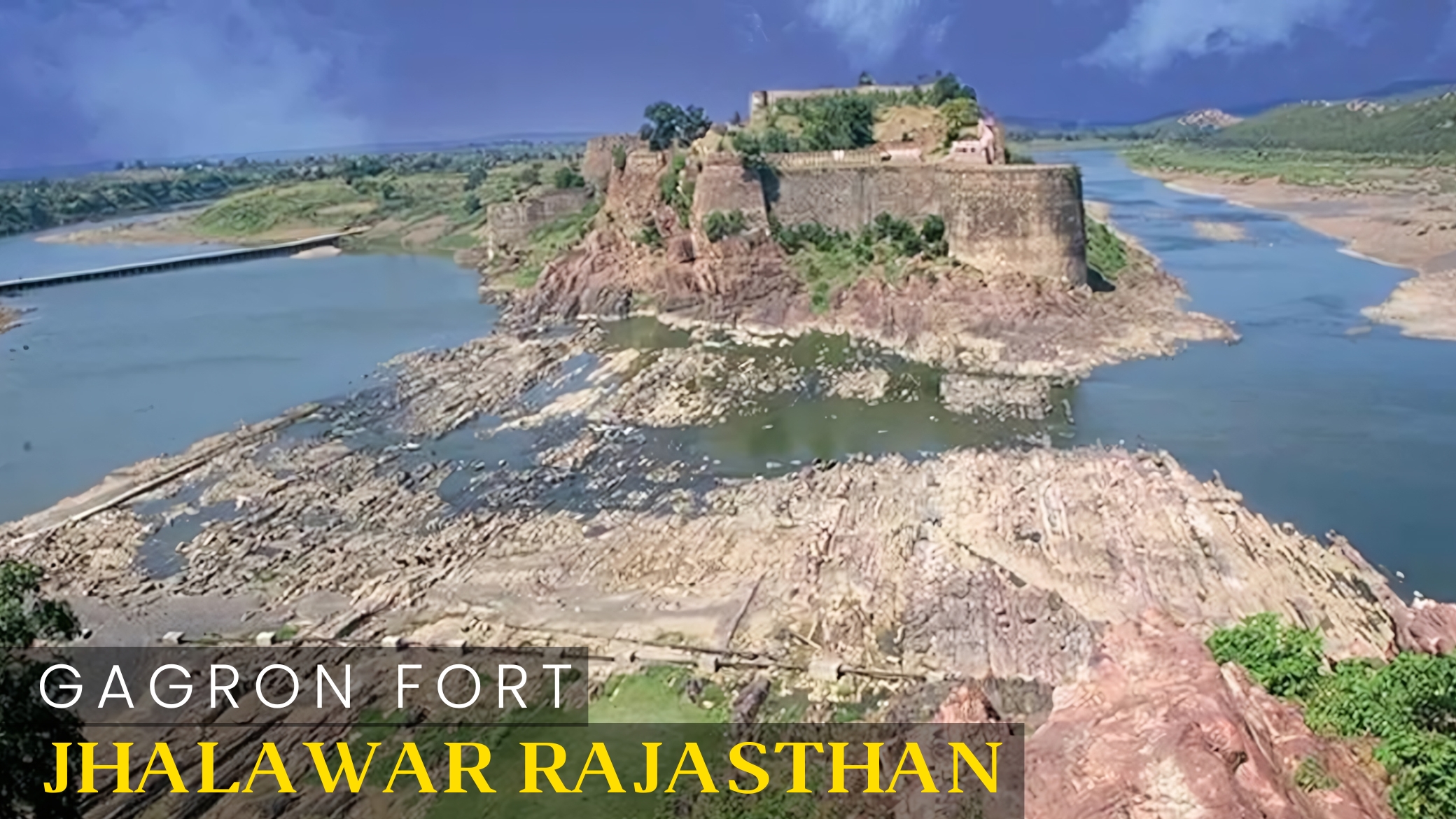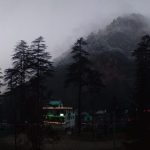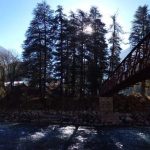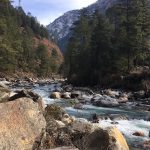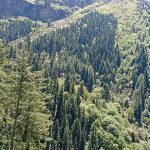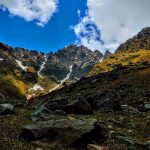The Gagron Fort is the least-known castle in India. Experts say that it’s too detailed to have been built by humans. The architecture, with all its angles and loops, is a mystery. Experts further say that this portion of India has tectonic plates, which may have just shifted enough to form a more modern-looking castle.
Why Gagron Fort is the least known?
Gagron Fort, located in the Jhalawar district of Rajasthan, is one of the least-known castles in India. The Gagron Fort Jhalawar was built by Bijaldev Singh Dod and has witnessed many battles. It is said that the fort was impregnable, and no enemy could conquer it.
The fort is situated on a hillock and has several palaces, temples and other structures. The main attraction of the fort is the Gagron ka Kila, a huge walled structure with four gates. The other notable features of the fort include the Rani Mahal, Jaswant Thada and Lakshmi Narayan Temple. It is a must-visit place for history lovers and those interested in learning about India’s rich culture and heritage.
Also Visit: Best Uttarakhand Tour Package With Reasonable Price
Also Visit: Affordable Himachal Tour Package
Who Built the Fort?
There are many different people involved in the making of Gagron. The most well-known is probably the Rajput ruler, Rana Kumbha. He was the one who built the fort in the first place. However, many other people have been involved in its history.
The Mughal Emperor Akbar conquered the fort in 1561. It then passed through several hands before being reclaimed by the Rajputs in 1616. It has been under their control since then.
The battle at Gagron was fought in 1857 by British forces and Indian rebels. They captured the fort, but the Indians recaptured it just days later. Today, the fort is open to visitors and is guarded by a caretaker. He ensures that everyone enjoys their visit and leaves fond memories of this incredible place.
Brief History of Gagron Fort
It is one of the least-known castles in India. It is in Rajasthan, in the country’s northwestern corner. The gagron fort in Rajasthan was built by the DOD dynasty. The Mughals and the British later occupied it. Today, it is a popular tourist destination.
The fort is situated on a hillock and covers an area of about 2 square kilometres. It has a series of walls and gates and is surrounded by a moat. The main attractions within the fort are the palaces, temples and mosques.
The history of Gagron Fort is closely linked to that of Rajasthan. The Dod dynasty ruled over this region for centuries before being overthrown by the Mughals in the 16th century. The fort changed hands several times between the Mughals and the Marathas before finally being captured by the British in 1818.
Today, Gagron Fort is now a popular spot. It receives thousands of visitors every year from all over India and abroad.
The layout and structure of the fort
Gagron Fort, also known as Jal durg or water fort, is one of the least-known castles in India. It was the capital of the former state of Jhalawar when it was built in the 13th century. The gagron durg is built on a high hill and has a moat surrounding it. It is said to be a Gagron fort built by Raja Bikramaditya, who ruled from 1211 to 1237 AD.
The fort has three main gates – Jai Pol, Suraj Pol and Andheri Pol. There are also two small gates – Chorpol and Naya Pol. The fort has several palaces, temples and Havelis within its premises. The most notable are the Ratan Mahal, Phool Mahal, Sheesh Mahal and Hawa Mahal.
The Ratan Mahal is a seven-storeyed palace with intricate carvings on its walls. The Phool Mahal is a floral-themed palace with beautiful murals on its walls. The Sheesh Mahal is a mirror palace with all the walls adorned with mirror work. The Hawa Mahal is an open-air pavilion from where one can get a stunning view of the fort complex and the town below.
How to Visit Gagron Fort
Gagron Fort is situated on a hill in the Jhalawar district of Rajasthan, India. It was later captured by the Delhi Sultanate and then the Marathas. The fort is currently in ruins, but some parts are still standing.
The Gagron Fort is at an altitude of 1,116 feet (340 meters) above sea level. Jhalawar to gagron fort distance is about 6 km. It is situated on a solitary hillock in the middle of the Jhalawar district. Asnawar, about 7 kilometres away, is the closest town to the fort. There are no other towns or villages in the vicinity of the fort.
The nearest airport to Gagron Fort is Jaipur International Airport, about 200 kilometres away. Jodhpur Railway Station is the nearest railway station, about 150 kilometres away.
What Will You Get Here?
One of the best things about Gagron Fort is that it is not as crowded as other popular tourist destinations in India. This means you can explore the fort at your own pace and take in all the architectural details. The fort is also surrounded by beautiful scenery, so it is the perfect place to come if you want to escape the hustle and bustle of city life. If you are planning to visit Gagron Fort, then here are some of the things that you can expect to see and do:
-Explore the different parts of the fort, including the palaces, temples, and courtyards – marvel at the intricate architecture and learn about its history – take a walk around the ramparts and enjoy the views from up high – visit the museum inside the fort to learn more about its past – soak up the peaceful atmosphere and relax in this offbeat destination.
Conclusion
India should definitely be on your travel list if you are an ardent lover of castles. With its rich history and abundance of beautiful architecture, the country is home to some of the most stunning castles in the world. Gagron Fort is a castle often overlooked by visitors, but it deserves a place on your itinerary. With its picturesque setting and fascinating history, Gagron Fort is a must-see for any castle enthusiast.
People Also Asked
What is the best time to visit Gagron Fort?
The best time to visit Gagron Fort is from October to March. These months have the most pleasant weather, with temperatures ranging from 20-25 degrees Celsius. The fort is open from 9:00 am to 5:00 pm, and it is recommended to spend at least two hours there.
What are the different types of castles in India?
There are four different castles in India, all of which have unique features. These include the hill fort, the sea fort, the mountain fort, and the desert fort.
How long does it take to tour the Gagron Fort?
The Gagron Fort can be toured in around 2 hours. This includes exploring the fort, taking in the views, and enjoying the amenities.
How can I visit Gagron Fort?
You can visit Gagron Fort by taking a heritage walk of the fort. The walk will take you through the different parts of the fort and allow you to see the magnificent architecture up close.

